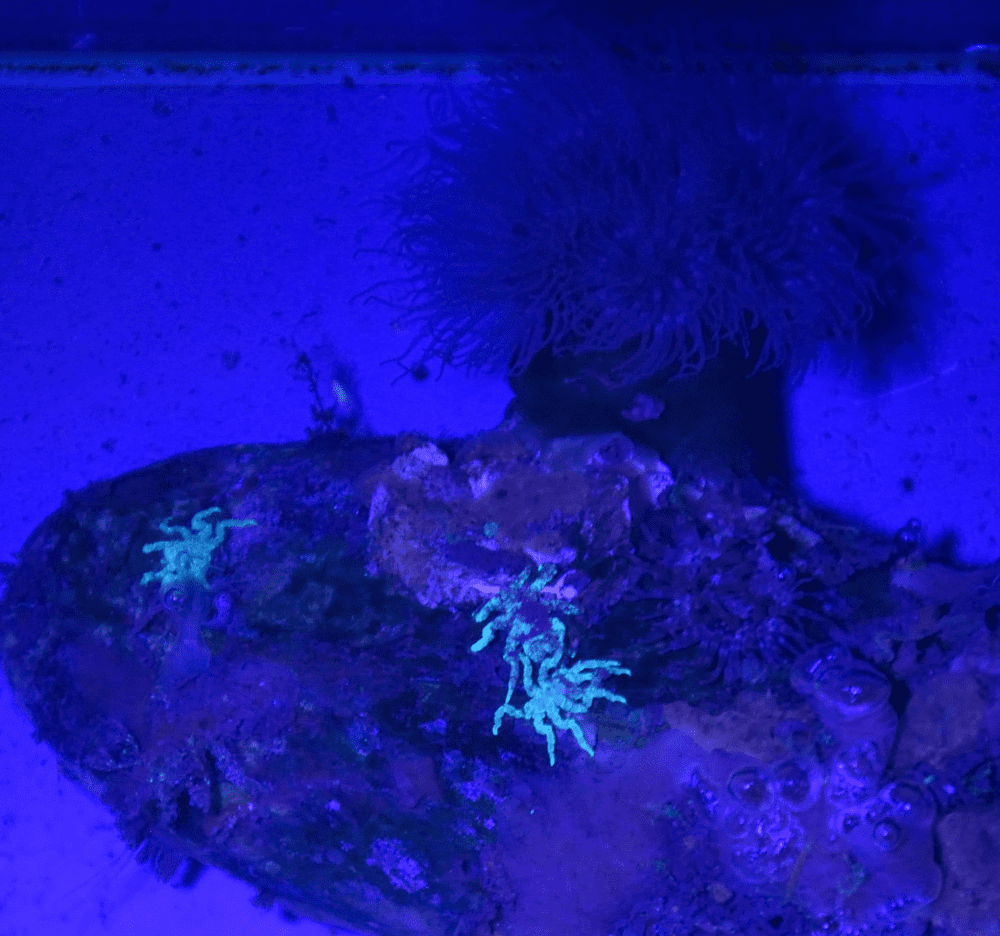Crusty arthropods are known to be pretty gifted at regrowing lost limbs, but it was thought their regeneration capabilities didn’t extend to the body. However, new research has turned that assumption on its head, finding that after losing reproductive organs, musculature, and even their anus, sea spiders can grow functional replacements.
It was thought that molting animals like sea spiders wouldn’t be able to regenerate certain body structures, with this inability was linked in part to the evolution of their hardened exoskeletons. However, when researchers on a new paper put this theory to the test by amputating sections of the sea spider Pycnogonum lotirale, they found that this wasn’t exactly true.
Following amputation, the sea spiders in their study showed that they could actually regenerate a wide range of structures from the posterior body pole, including musculature, the hindgut, and anus. That’s right, if a sea spider loses its anus, it can sprout a new one.
The incredible capacity for regeneration even extended to the sea spiders’ genitalia. If this was amputated in any sex, functional replacements would eventually develop – though these sometimes grew in a slightly shifted position from where the original reproductive organ sat.

Three specimens of the sea spider Pycnogonum litorale under UV light (they’re sitting on a scale mussel shell, FYI). Image credit: Georg Brenneis
Being able to grow new limbs and body parts is a big bonus for potential prey species, giving them a second shot at survival after serious injury. Regeneration can boost reproduction success as well as an individual’s chance of survival, which is why it’s such a popular avenue of research in medicine.
How far this regenerative talent extends into the evolutionary tree is a topic the researchers suggest for renewed comparative regenerative studies across the Ecdysozoans, one of the major groups within the animal kingdom that includes arthropods and nematodes.
“The axial regeneration patterns in pycnogonids show a degree of complexity hitherto unknown for arthropods,” concluded the study authors. “This challenges the prevailing dogma of the virtual absence of axial regeneration in arthropods […] and should serve as an incentive for rigorous reinvestigations of the regenerative potential in more arthropod taxa.”
What the curious observations tell us for now is that sea spiders have busted long-held views about their capacity to regenerate body parts after traumatic injury. The skill could possibly represent a heritable ancestral trait, and may go some way to understanding how it was arthropods came to be so successful, widespread, and diverse.
The study was published in the journal Evolution.
Source Link: Sea Spiders Can Grow New Anuses In Unprecedented Regeneration